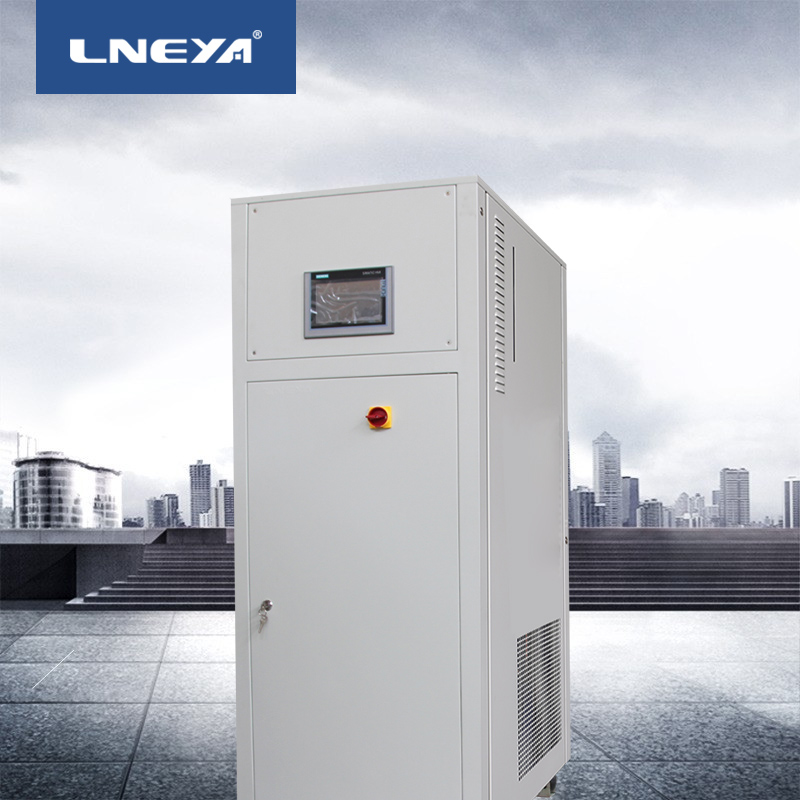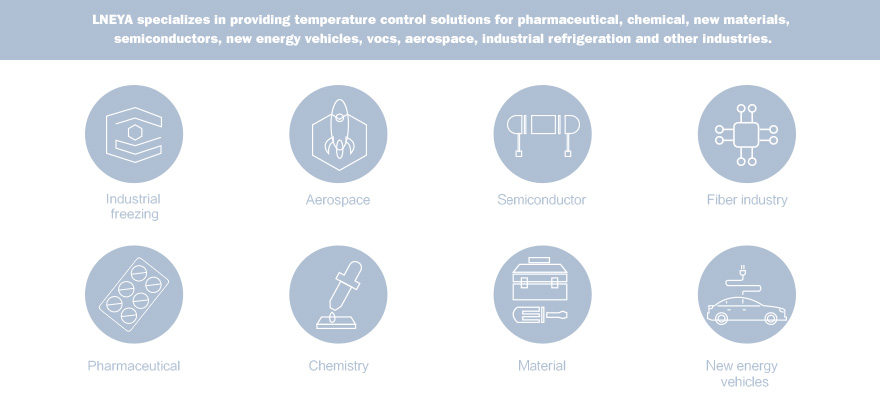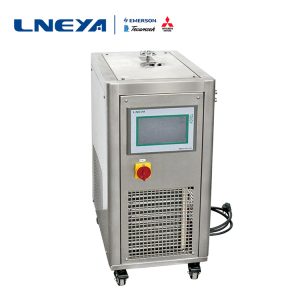Effect Of Humidity On Laboratory Chillers
The high humidity reduces the insulation strength of the electrical equipment of the chiller in the laboratory. The moisture in the air adheres to the surface of the insulating material to form condensation, which reduces the insulation resistance of the electrical equipment, and the leakage current of the equipment is greatly increased, resulting in insulation breakdown. Condensation inside the switchgear causes creepage and flashover accidents, resulting in electrical faults.
If the air is not convective, the mold growth will increase rapidly. Therefore, in the case of the same humidity and the same temperature, the indoor equipment is much more severe than the outdoor equipment. The chiller material in the laboratory itself or the surface is dirty, which provides the necessary nutrients for the growth of mold. After the mold is formed, the mold cells contain a large amount of water. When the hyphae are meshed with the surface of the insulator, not only the insulation performance of the product is greatly reduced, but also the appearance and signs of the device are affected. Molds often secrete acidic substances during the metabolism process. The conductive metal and the electrical contact material are caused to form a dark film, resulting in an increase in contact resistance. Especially for the printed circuit board of the chiller of laboratory in Wuxi Guanya LNEYA Constant Temperature Refrigeration Technology Co., Ltd., if it is in such an environment for a long time, it will corrode the circuit, which will reduce the accuracy of the instrument, or cause equipment failure or even burn the instrument.

After the conductive metal and magnetic conductive silicon steel sheet in the electrical equipment are corroded, the performance and service life of the equipment will be seriously reduced. After the relative humidity reaches a certain value, the corrosion of the metal in the test room special test system will suddenly increase. Corrosion causes the metal to lose its proper properties. The heat exchanger of the electrical cabinet isolates the air inside and outside the control box to ensure the air inside the box is clean. It adopts the heat pipe structure design, has high heat exchange capacity, simple structure and convenient maintenance.
The chiller for laboratory use is not used for general temperature control systems. The effect of humidity on its laboratory chiller is relatively large. Therefore, we try to avoid the influence of humidity on the chiller in the laboratory and place it in a special environment.



Verwandte Empfehlungen
-
How to choose the cooling and heating temperature control system?
1098The price of the refrigeration heating temperature control system is not the main factor. The main purpose is to implement the temperature control technology through the temperature control function. However, it is not the temperature control syst...
Details anzeigen -
Detaillierte Einführung von luftgekühlten Kältemaschinen
1104LNEYA refrigeration has accumulated over 10 years of cooling supporting application experience. According to different application fields and service conditions, it has developed a variety of types of cooling chillers, including air cooled chiller...
Details anzeigen -
Cautions for Ultra-low Temperature Freezer
9991. Requirements of equipment environment: To keep the outside of cryogenic refrigerator clean and ventilated, it is necessary to keep the horizontal position of cryogenic refrigerator stable, and to ensure that there are no sundries around.2. Mana...
Details anzeigen -
Anleitung für ein explosionsgeschütztes Tieftemperatur-Kühlaggregat
1036Explosionsgeschützte kryogene Kühlaggregate werden in vielen Branchen eingesetzt. Wenn Benutzer sie verwenden, müssen sie die entsprechenden Gebrauchsanweisungen verstehen, um einen unsachgemäßen Betrieb zu vermeiden und einen effizienteren Betrieb zu gewährleisten. Der Energieverbrauch der ...
Details anzeigen
 LNEYA Industriekühler Hersteller Lieferant
LNEYA Industriekühler Hersteller Lieferant













